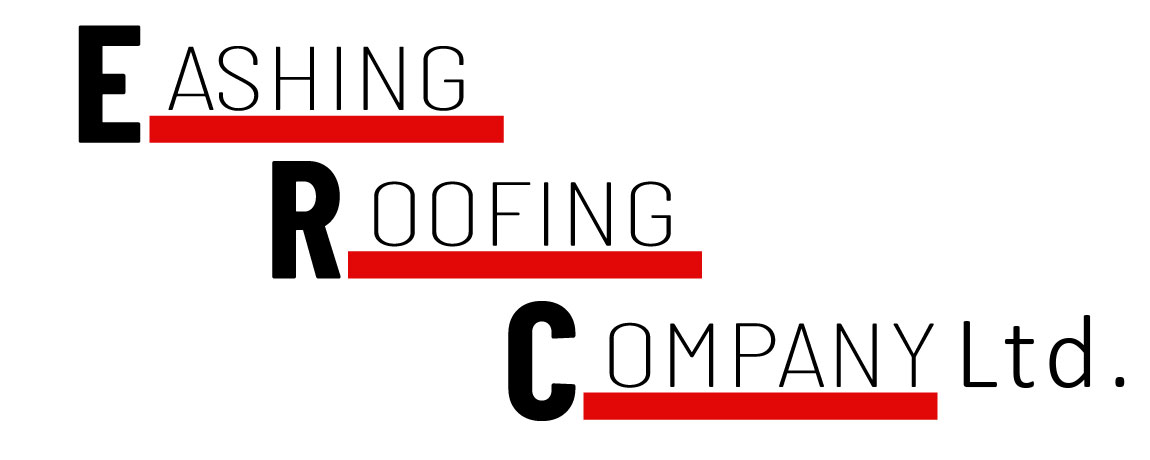What Type of Roof Is Best in the Uk?
What Type of Roof Is Best in the Uk?
Coincidentally, when considering the best type of roof for the UK, we are faced with a multitude of choices.
From the classic elegance of traditional slate to the durability of metal options, each roofing material brings its own set of advantages and considerations to the table.
As we navigate through the diverse range of roofing solutions available, it becomes essential to weigh factors such as climate resilience, aesthetics, and long-term maintenance requirements.
Traditional Slate Roofing

When considering traditional slate roofing for your UK property, it’s important to understand its durability and aesthetic appeal. Slate roofs are renowned for their exceptional durability, often lasting over a century with proper maintenance. While the initial cost of installing a slate roof may be higher compared to other roofing materials, the long-term savings due to its longevity make it a cost-effective choice.
In terms of maintenance, slate roofs require minimal upkeep, making them a low-maintenance option for homeowners. Regular inspections to check for any damaged or missing slates, as well as ensuring the flashing is intact, are essential to prolonging the lifespan of the roof. When it comes to installation, hiring experienced professionals is crucial to ensure the proper laying and securing of the slates. Improper installation can lead to issues such as leaks and premature damage to the roof.
Clay Tile Roofing
Moving from traditional slate roofing to clay tile roofing, we encounter a shift in materials that offer distinct advantages and characteristics for UK properties. Clay tile roofing presents various benefits, such as superior insulation properties, durability, and aesthetic appeal. The installation of clay tiles involves placing them overlapping each other on the roof structure, providing a secure and weather-resistant covering.
When it comes to maintenance, clay tile roofing is relatively low-maintenance compared to other roofing materials. Periodic inspections and replacing any damaged tiles are typically all that’s needed to keep a clay tile roof in optimal condition. Additionally, clay tiles have a long lifespan, often lasting over 50 years if properly maintained.
The longevity of clay tile roofing makes it a cost-effective option in the long run, despite potentially higher initial installation costs. With proper care and maintenance, clay tile roofs can withstand the UK’s varying weather conditions and provide a classic and timeless look to properties.
Metal Roofing Options
Considering the various metal roofing options available, which one provides the best durability and longevity for UK properties? When it comes to metal roofing, two key factors stand out: rust resistance and energy efficiency. Opting for materials like zinc, aluminum, or galvanized steel can ensure excellent rust resistance, crucial for the UK’s damp climate. These materials require minimal maintenance and can withstand the test of time admirably.
Moreover, metal roofs are known for their energy efficiency. They reflect solar radiant heat, which can help regulate indoor temperatures and reduce cooling costs during hot summers. Additionally, modern designs in metal roofing offer a wide range of styles that can complement any property aesthetic, from traditional to contemporary.
While the initial cost of metal roofing may be higher than some other options, its longevity and minimal maintenance requirements make it a cost-effective choice in the long run. When considering metal roofing for UK properties, prioritizing rust resistance, energy efficiency, modern designs, and cost-effectiveness can lead to a durable and reliable roofing solution.
Thatched Roof Considerations
In the realm of roofing materials, transitioning from metal options to thatched roofs introduces a shift in considerations towards traditional aesthetics and maintenance requirements. Thatched roofs, often associated with quaint cottages and rural charm, bring a unique set of cost considerations and maintenance needs to the table.
Cost considerations for thatched roofs differ from mainstream roofing materials. While the initial cost of installing a thatched roof can be higher due to the specialized skills required for thatching, the long-term costs can be competitive. Thatched roofs have excellent insulation properties, potentially reducing energy bills over time.
Maintenance requirements for thatched roofs are crucial for their longevity. Regular maintenance, such as re-thatching every 20-30 years, is necessary to ensure the roof’s integrity. Additionally, proper care, including removing overhanging branches and ensuring adequate ventilation, can prevent issues like rot and mold.
Green Roofing Solutions
Green roofing solutions offer an environmentally-friendly approach to roofing that incorporates living vegetation on rooftops to provide benefits such as improved insulation and stormwater management. These eco-friendly benefits make green roofs an attractive option for sustainable construction.
The installation process of a green roof involves several steps. First, a waterproof membrane is installed to protect the roof structure from water damage. Next, a root barrier is added to prevent plant roots from penetrating the roof. Then, a drainage layer is placed to ensure excess water can flow off the roof. Following this, a filter fabric is installed to prevent soil erosion and clogging of the drainage system. Finally, a lightweight growing medium is added, along with the vegetation.
Maintenance of green roofs includes regular watering, fertilization, and weeding to ensure the plants thrive. Overall, green roofing solutions not only contribute to a healthier environment but also offer long-term cost savings and aesthetic appeal.
Conclusion
In conclusion, when considering the best type of roof for the UK, it’s important to weigh the benefits and drawbacks of each option.
With over 80% of roofs in the UK being traditional slate or clay tile, it’s clear that these options have stood the test of time and are popular choices.
However, with the growing interest in green roofing solutions, it may be worth exploring more environmentally friendly options for your next roof.
